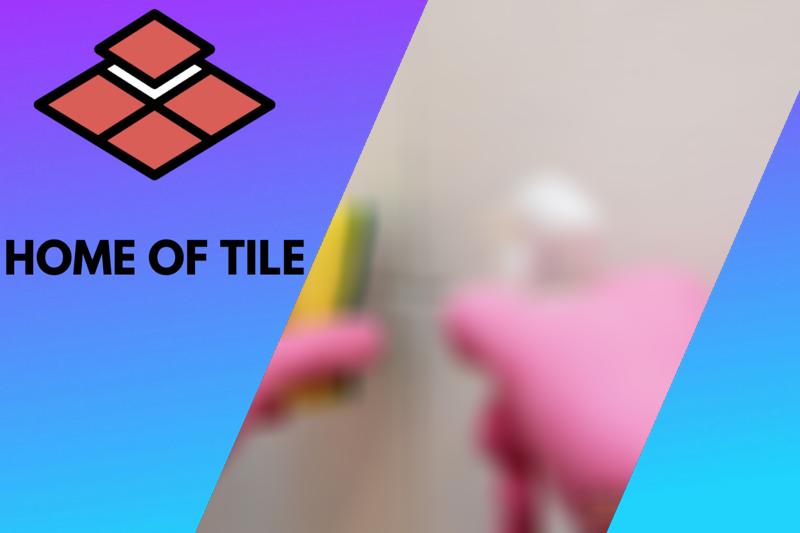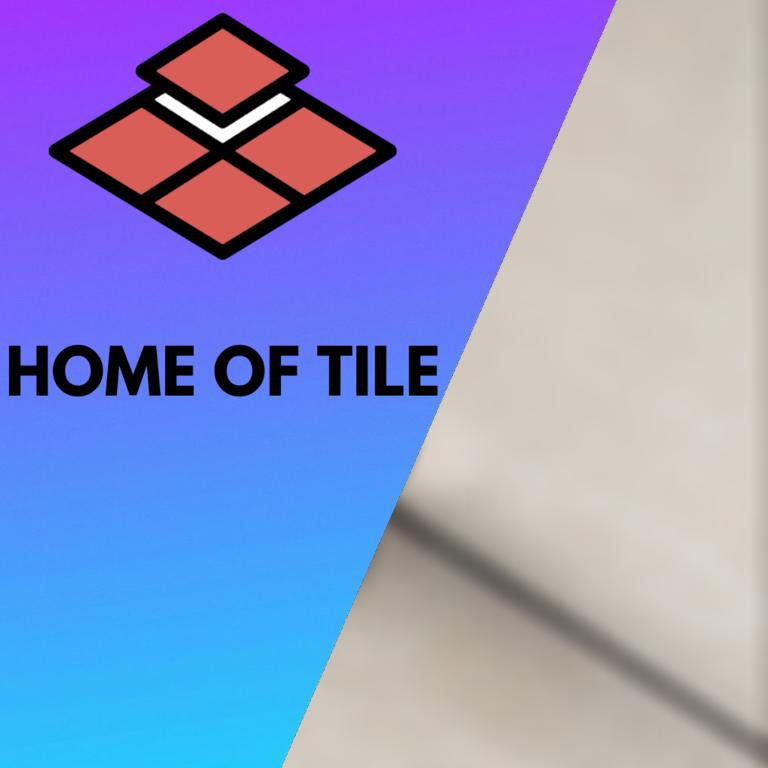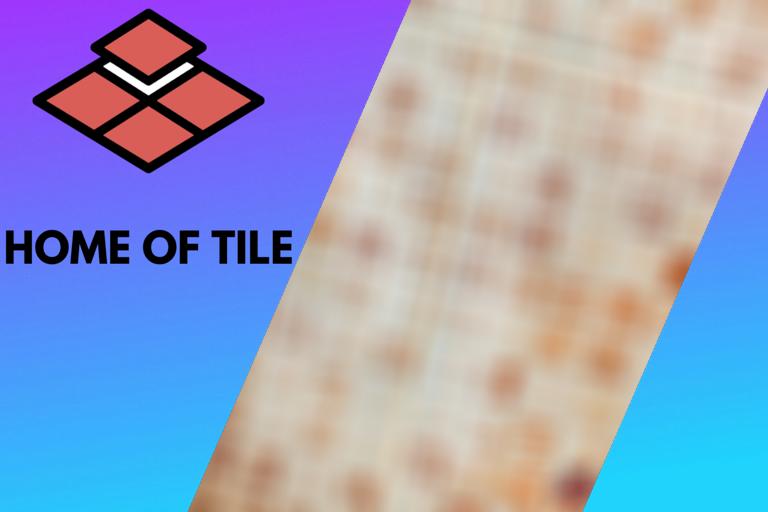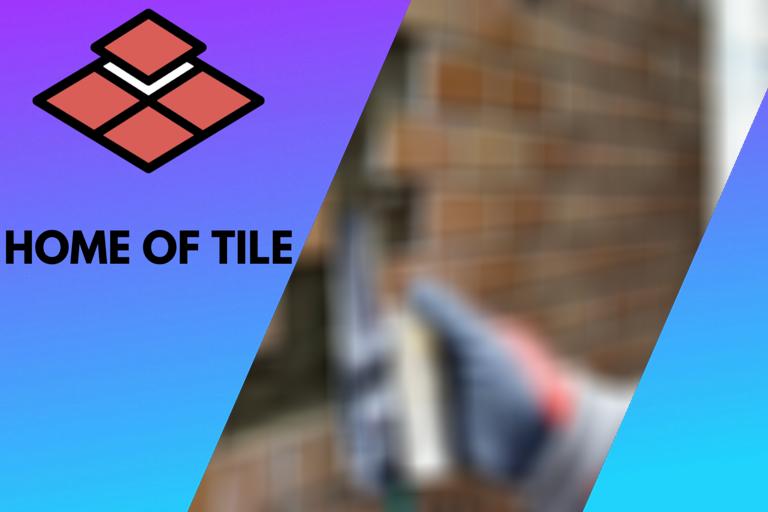How To Clean Mildew From Shower Grout. What the pros say
The shower and the entire bathroom, in general, are the most likely occasions for mildew to develop. This mildew issue is because of the sheer amount of water this area of your home is exposed to daily.
To clean mildew stains from your shower grout, you can use vinegar or oxygen bleach on the grout and scrub it firmly with a grout brush or an old toothbrush. These methods will remove any mild mildew stains. More severe stains may require chlorine bleach.

In the rest of this article, I’ll go into step-by-step detail on how to utilize each of these mildew-removing situations, along with some simple tips you can put into practice to prevent mildew from building up on your shower grout in the first place.
Contents
1. Use Vinegar To Clean Mildew Stains From Grout
Vinegar is a mildly acidic substance, so it can work well as a potent cleanser for grout. However, because of its acidic nature, you should be careful when using vinegar on your grout. It has the potential to eat away at the grout.
With this in mind, you may want to dilute the vinegar you will use on your grout slightly. You should only use undiluted vinegar if you’ve already tried a diluted solution and it wasn’t strong enough to remove the stains.
● How To Apply Vinegar
- Step 1. Dilute the bleach: The first step is to dilute your bleach. You can dilute it by creating a one-to-one ratio of vinegar to water. If you desire a slightly stronger mixture, you can mix two parts vinegar with one part water.
- Step 2. Apply vinegar: The second step is to apply this vinegar mix to the mildew stains in your shower. Remember that vinegar is acidic, so only use it in the areas that need it.
- Step 3. Use a spray bottle: A spray bottle is the best way to apply this mixture to the grout. The spray method is ideal because you want to saturate the area with vinegar.
- Step 4. Let it sit for an hour: Then allow the vinegar mixture to sit on the mildew spot for forty-five minutes to an hour. This step gives the vinegar time to penetrate the grout. This deep penetration will allow the vinegar to kill the mildew at its source so that it doesn’t immediately come back after you clean it.
- Step 5. Rinse: After you’ve given the vinegar mixture plenty of time to work, you can rinse the area with hot water to wash away the vinegar and the mildew.
- Step 6. Remove shower hear: Having a shower head that you can remove makes rinsing the mixture much more convenient, but it is not required. You can use an old rag that is wet with hot water.
- Step 7. Scrub where needed: If the stains remain after rinsing, you should attempt to scrub the mildew stains away gently with a grout brush or toothbrush.
- Step 8. Repeat only if needed: You should only repeat this process if necessary because vinegar poses a potential danger to your grout.
- Step 9. Spray more on certain spots: If the vinegar worked and removed the mildew stains, you can spray a bit more on those spots that you know are prone to mildew build-up and leave it there to dry to prevent future stains.
Vinegar does have a powerful odor, but the smell will dissipate as the vinegar dries. So no need to worry about spraying the vinegar and leaving it to dry only to find your entire bathroom pungent with the smell of vinegar.
This method can be highly effective, but I cannot stress enough that you must use extreme caution when using vinegar. Only use undiluted vinegar on stubborn stains, and if you do repeat this process, you’ll want to re-seal that area of the grout as the vinegar has most likely worn it away.
2. Using Oxygenated Bleach To Clean Your Shower Grout
Oxygen bleach is a much more mild version of chlorine. As the name suggests, it lacks the chlorine that makes other types of bleach so abrasive, making it an excellent choice for cleaning grout.
It is gentle enough not to destroy the grout but strong enough to penetrate deeply into the grout and destroy mildew stains. You should always dilute oxygen bleach before using it on grout. Though it is gentler than chlorine bleach, it is still bleach and can eat away at your grout.
● How To Apply Oxygenated Bleach
- Step 1. Create the mix: The first step is to create a diluted oxygen bleach mixture. Mix one gallon (3.78 liters) of water with one cup (237 ml) of oxygen bleach and stir until you dissolve the bleach into the water.
- Step 2. Use a spray bottle: Much like the vinegar mixture, the best way to apply the mixture to the mildew stains is to use a spray bottle.
- Step 3. Soak the mildew stains: Thoroughly soak any shower areas with mildew stains, and then let the mixture sit for thirty to forty-five minutes—giving it time to work.
- Step 4. Scrub with a brush: After waiting the required time, you should use a grout brush or an old toothbrush to scrub the stains. Do not rinse the bleach mixture off before scrubbing.
- Step 5. Wipe clean: After you have scrubbed the stains away, you can wipe the area clean with a damp rag.
- Step 6. Repeat if needed: The mildew stains should be gone; if not, you can repeat this process.
Oxygen bleach is very different chemically from chlorine bleach. Oxygen bleach can kill mildew and mold spores within the grout, whereas chlorine bleach cannot. Oxygen bleach is also more gentle due to the lack of chlorine which makes it perfect for cleaning grout.
This product is still bleach, though, and you will need to dilute it before use. And while You can repeat this method as often as necessary, you will need to re-seal the areas of the grout that you applied the mixture to and scrubbed.
For stubborn stains that remain after the first application of this method, you can adjust the strength of your bleach solution and make it stronger to eliminate all the mildew stains from your shower effectively.
3. Use Chlorine Bleach To Clean Your Grout
When the more gentle cleaning options have not eliminated the unsightly mold, you may need to try a more powerful method—chlorine beach. Although much information on the internet states that chlorine bleach is ineffective as a treatment for household mold, a 2004 study proves different.
The study shows that chlorine bleach does neutralize mold on hard surfaces. That is not to say that chlorine is without its risks. You should ensure that you have no other chemical or cleaning residues on your shower when you use chlorine, as the combination of specific cleaning agents can create hazardous gas from reacting with chlorine bleach.
● How To apply Chlorine Bleach
- Step 1. Clean tiles and grout: Ensure you clean your shower tiles and grout of any other chemical or cleaning residues
- Step 2. Mix the bleach and water: Mix household bleach with equal parts water and place contents in a spray bottle.
- Step 3. Spray the mixture: After liberally spraying your tiles and grout, Allow the bleach to soak for 15 minutes.
- Step 4. Scrub: Scrub the affected areas with a bristle brush and wipe the area with a damp cloth.
- Step 5. Repeat if needed: If the mildew remains, repeat the above process.
Conclusion
Mildew stains in your shower look bad and are very unhygienic. They can also be a precursor to mold, a much worse problem that is harder to eliminate and can be hazardous to your health.
Getting rid of mildew in your shower is relatively simple, and you can prevent it from returning. All you need to do is mix up a solution of either vinegar or oxygen bleach until those substances are properly diluted, apply them to the mildew stains using a spray bottle and give them some time to work.








